Buried Dutch cemetery of Chinsurah
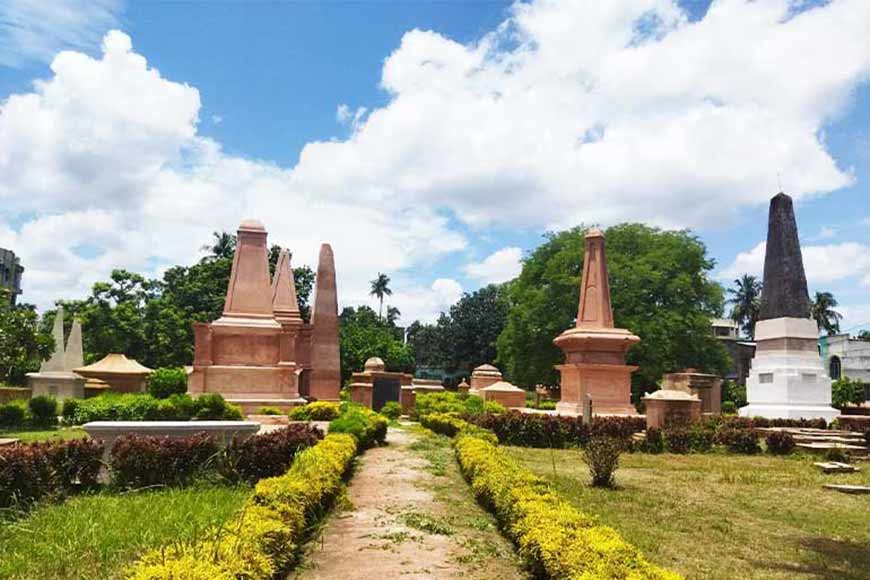
Poet Annadashankar Roy once wrote, “Hanser priyo googly/ Portugeeseder Hooghly/ Gooner priyo tanpura/ Olandajder Chinsura” which roughly translated means, ‘Just as a duck’s most-loved food is snail so is Hooghly a favourite haunt of the Protuguese/ A gifted singer’s favoured accompanist is tanpura (a musical instrument)/ In the same vein, the Dutch feel at home at Chinsurah.
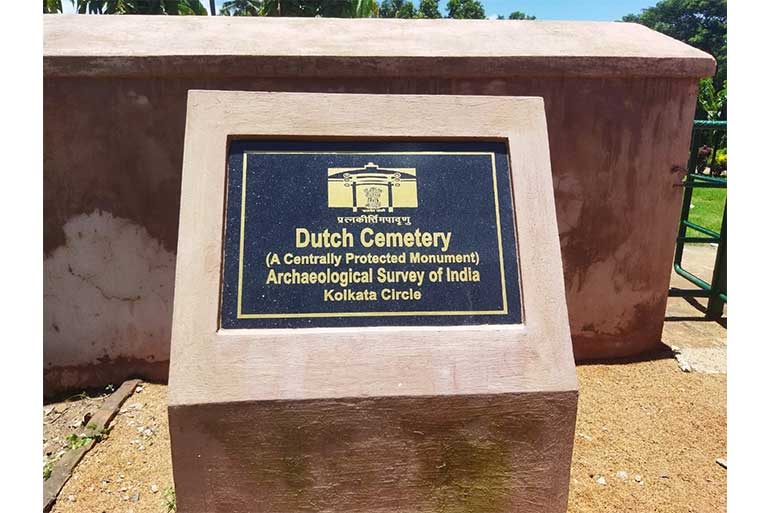
Chinsurah was a former Dutch colony where they ruled for more than 200 years. Although the Dutch left the country in 1825, many of their former heads of state sleep silently for centuries in graves in the cemetery built right in the middle of the town, oblivious of the transformation of their dream town. Like Kolkata’s Park Street cemetery, this town too, boasts of an age-old Dutch Cemetery. Although the magnificent Dutch and Armenian cemeteries at Surat are popular tourist desinations and frequently visited by travellers and history buffs, Chinsurah’s Dutch Cemetery, built around the same time as the one in Surat, holds its own.
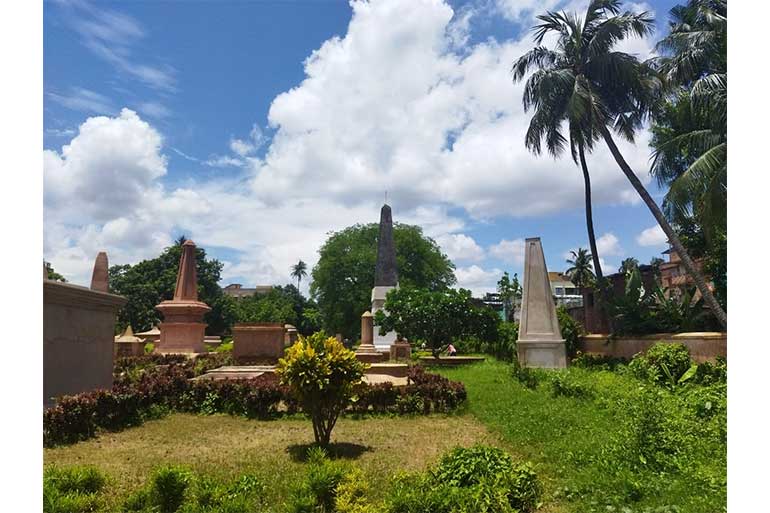
Back in the 17th century, Bengal was an important hub for sugar, indigo and textiles. It attracted a lot of Portuguese and Dutch small traders and peasant communities. Between 17th and 19th centuries, Chinsurah was a prosperous trading port and colony of the Dutch East India Company between 1615 and 1825. The Dutch East India Company or the United East India Company or VOC (Vereenigde Ostindische Compagnie) attained trade rites from the Mughals and began trading with Bengal from 1615. In 1635 they established a settlement in Chinsurah. Trade of opium, saltpetre, spices, cotton and indigo flourished from Chinsurah port. In 1656, a factory was erected in the city which was later walled and rebuilt into a fort in 1740. In 1742 it was renamed, Fort Gustavus after Governor-General Gustaaf Willem van Imhoff.
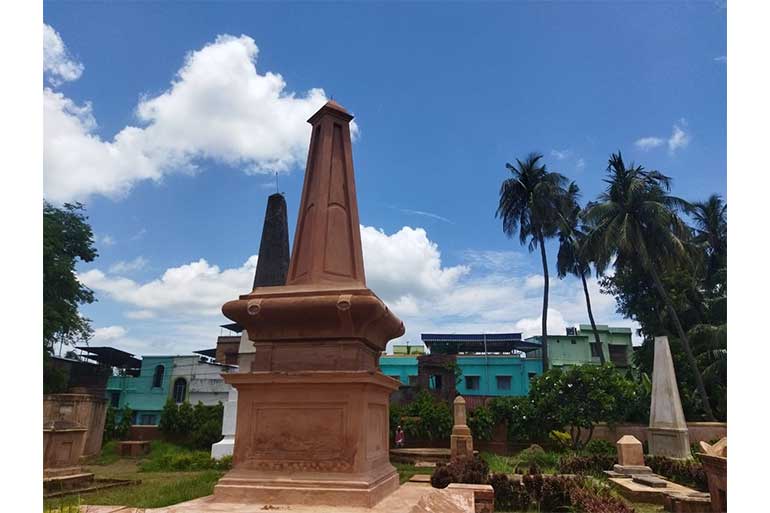
Chinsurah is only 35 kilometers north of Kolkata and it is very well-connected. The State Highway 6/ Grand Trunk Road (G.T. Road) passes through the town. Chinsurah is also an important railway station on the Howrah-Burdwan main line of the Eastern Railway. Ferry services across the Hooghly River connects the town with the district of North 24 Parganas. Located on the banks of Hooghly River, Chinsurah was once considered the most beautiful town of Bengal. However, in 1825 when Dutch Commissioner B.C.D. Bouman surrendered Chinsurah to the British government, most of the monumental architecture of the Dutch was destroyed. Of the few vestiges of impressive architecture, the Dutch Cemetery remains as the most important proof of strong Dutch presence in the town. Although stripped of much of its rich heritage, Chinsurah lives amidst the ruins of its majestic colonial buildings that is remnant of its glorious past and looks like any small town of West Bengal mow – over-crowded, noisy, polluted and chaotic.
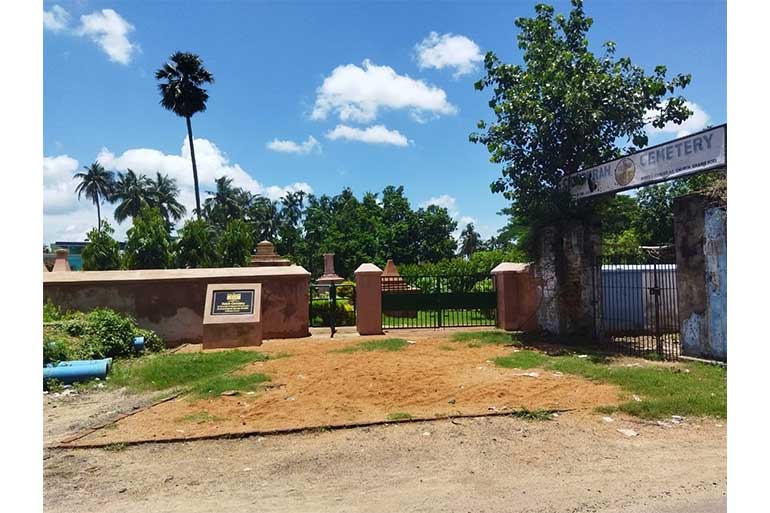
Of the vestiges of the Dutch glory that still remain, the walled compound of the Dutch cemetery in Chinsurah definitely takes the pride of place. It gives a glimpse of colonial Bengal -- one that preceded the British. The cemetery is reportedly the biggest non-British European cemetery in West Bengal, making it bigger than Kolkata’s Scottish and Greek cemeteries. The 7,400-odd square metres has 190 graves, dating from 1743 to the end of the 19th century. Apart from the tombs of Dutch settlers, there are a few of local Britons who came and settled at Chinsurah when the British took over the town towards the end of the 19th century.
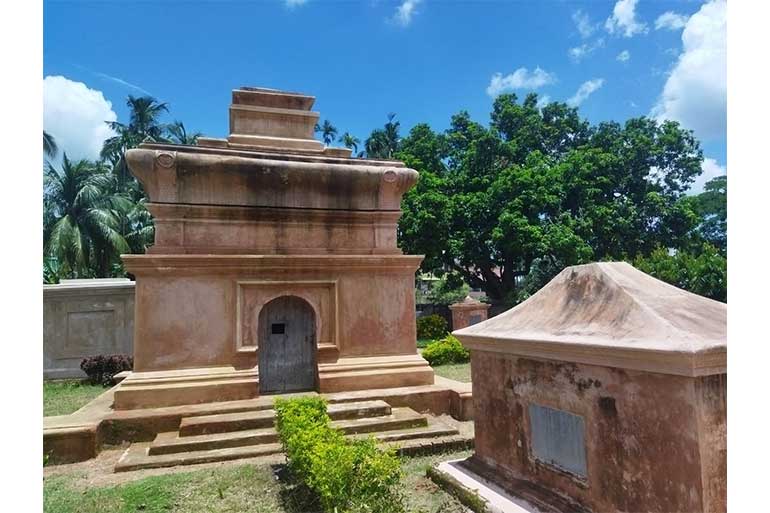
The similarity in the architecture of the cenotaphs with those in the Dutch cemeteries in Tamil Nadu and Kerala are striking. The monuments are mostly brick, with black or white marble headstones and epitaphs. There are a wide variety of mausoleums, simple graves or tombstones. The southern part of the cemetery compound is home to 24 extant Dutch tombs, which are of three types — pyramids, tomb boxes and plain grave stones. The oldest of the grave dates back to 1743 where the Dutch Admiral, Sir Cornelis Matelief de Jonge, was laid for his final rest. The other important personnel who were buried in the cemetery include that of Peter Starthemus, the director of the first factory built by the Dutch-East India Company in Bengal, Jan Albert Sichterman, an important and senior official of the Dutch company and Daniel Anthony Overbeck, the last Dutch Governor of Chinsurah, who stayed on even after the British took over the town in 1825. He died in 1840 and was interned in a sarcophygus tomb. Robert May, a Christian missionary who worked for the spread of female education in Bengal and established several schools in Chinsurah was also buried here. The last recorded burial was for Emma Draper in 1847. The tallest tomb here has been built in memory of Pieter Brueys, the first husband of Susanna Anna Maria.
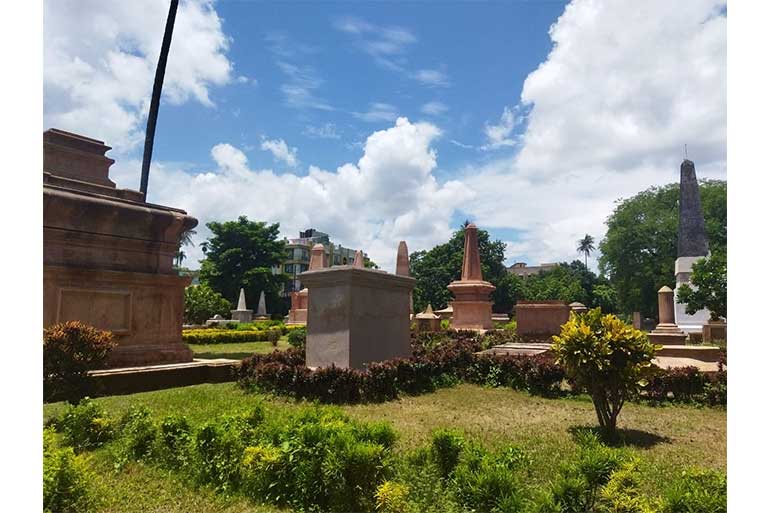
In 1993, the brick structures inside the cemetery were widely damaged due to a severe cyclone that hit Bengal. A number of the ancient architecture collapsed during the cyclone prompting the Archaeological Survey of India (ASI) to take over the maintenance and restoration work of the cemetery. Renovation work is still on. While one of the gates of the cemetery remains locked, the other entrance is open to the public. The Dutch cemetery has well planned narrow walkways around the graves. The cemetery is open to public every day from 8 in the morning to 5 pm in the evening.
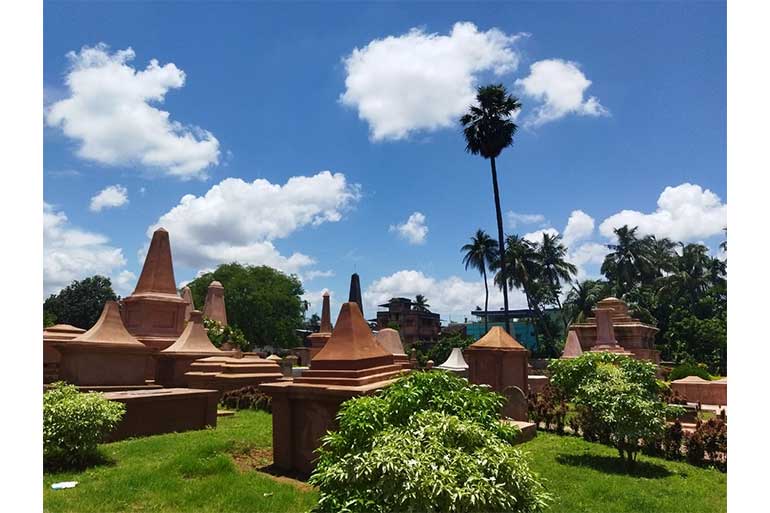
This graveyard is located at the junction of Phulpukur Road and Jyotish Chandra Ghosh Sarani. Apart from the antique cemetery, there are a number of places to attract tourists. A number of edifices remain that display Dutch art and architecture of the time including the Dutch Church of Chinsurah, Susanna Anna Maria's Tomb, the Burdwan Division Commissioner's Bungalow and more. A day trip from Kolkata to Chinsurah can be an invigorating experience for those who love to relive the past. A walk down the ancient lanes and by-lanes of the town gives one the esoteric feeling of following a historical trail.
Image Courtesy : Contributor









